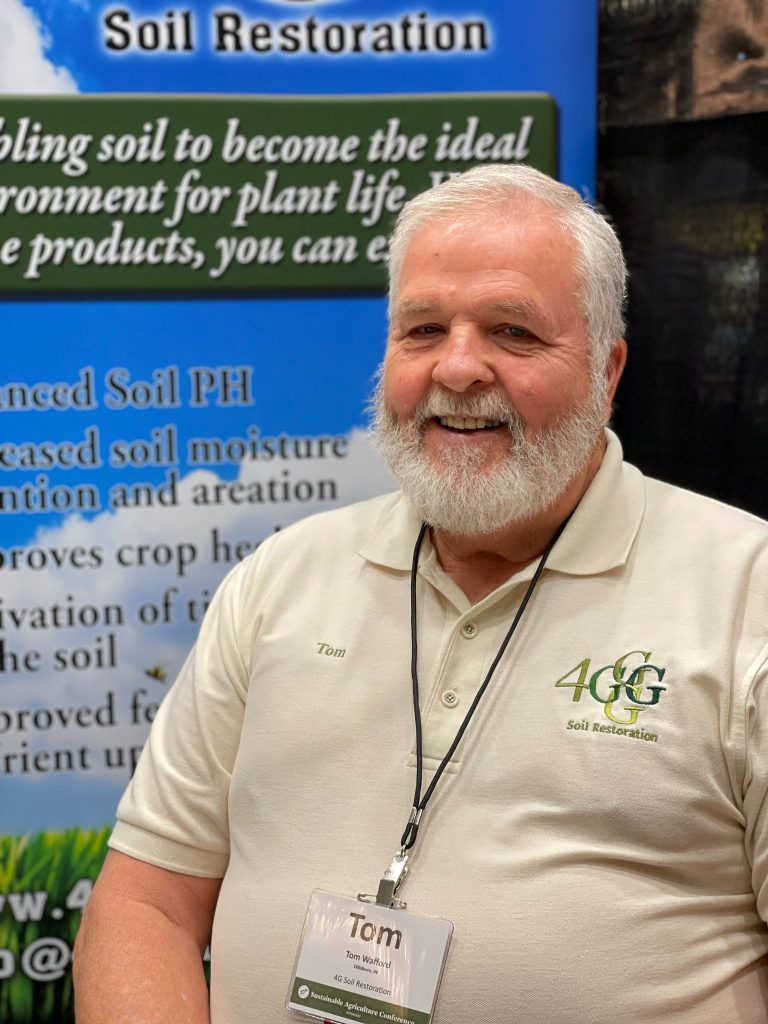As the spring sun peeks through the clouds and the soil begins to warm, Black Hills gardeners are dusting off their shovels and preparing to dig in. After a few rainy days, many are just now tilling up their gardens, hoping for a fruitful growing season. But according to one soil expert, the key to a successful garden starts far below the surface.
“I always say we shouldn’t just feed the plant, we should feed the soil,” said Tom Wofford, president of 4G Soil Restoration, in a recent interview. “Healthy soil is the foundation of a healthy garden, and it all starts with oxygen.”
Wofford, who founded his company after years of studying soil biology, says the most important component of soil health is microbial life. “Soil microbes can’t survive without oxygen. When your soil is compacted or chemically imbalanced, you’re choking out the very organisms that feed your plants.”
One way to measure the health of your soil, Wofford explained, is through BRIX levels, essentially a measure of sugar concentration in plant sap. “Higher BRIX levels not only mean sweeter, more nutritious produce, but they also act like a natural defense system. Once you hit a BRIX level of 10, you eliminate soil-borne diseases. At 14, insects no longer attack your plants.”
He compares it to nature’s selection process: “Just like predators in the wild target the weakest animals, bugs and diseases go after the weakest plants. Strengthen your plants by strengthening your soil, and you reduce the need for pesticides or chemical sprays.”
So, what does Wofford recommend for home gardeners just getting started?
“Start by getting your soil tested,” he said. “Check for organic matter, humus, carbon-to-nitrogen ratio, all the essentials. From there, focus on adding natural materials like compost, leaves, and other organic matter to enrich the soil.”
Wofford’s own product line includes a molasses-based biological formula filled with 25 types of aerobic (oxygen-loving) bacteria, along with trace minerals, mycorrhizal fungi, and fish products. “The key is to give these microbes food right away so they can start working immediately, breaking down toxins, cleaning up salts, and making nutrients available to plants.”
The product, he says, is effective for everything from backyard vegetable gardens to struggling pear trees. “We treated a tree that had half-rotten pears. One season later, it was producing big, healthy fruit.”
As for the name “4G Soil Restoration”? It’s a family affair—named after his four children: Glenn, Greg, Gary, and Gail.
Wofford emphasized that his approach isn’t just for gardeners. “Anyone with soil can benefit from these practices. Whether it’s a backyard bed, your front lawn, or a 2,000-acre farm, good soil equals good results.”
But while some small farmers have started embracing more regenerative practices, Wofford says it can be a hard sell for large-scale operations. “They’re used to knowing exactly what return they’ll get with synthetic fertilizers. And I get it, it’s their livelihood. But with education and experience, we’re starting to turn the tide.”
For anyone in the Black Hills considering a garden this spring, Wofford’s message is simple: “If you want stronger plants, brighter blooms, sweeter tomatoes, and fewer bugs, start with the soil.” For more information, you can visit 4gsoilrestoration.com.


